Other names Daniel Demuynck Name Clark Olofsson | ||
 | ||
Full Name Clark Oderth Olofsson Children Donegal Olofsson, David Olofsson, Dorian Olofsson Similar Jan Erik Olsson, Lars Inge Svartenbrandt, Nils Bejerot Citizenship Sweden (1947–1996, 2017–present), Belgium (1996–present) Known for Norrmalmstorg robbery Spouse Marijke Demuynck (m. 1976–1999) Nationality Swedish School Name Sailor School Children David Demuynck, Dorian Demuynck, Donegal Demuynck | ||
Hon blev k r i sin f r vare clark olofsson malou efter tio tv4
Clark Oderth Olofsson (later known as Daniel Demuynck), (born 1 February 1947) in Trollhättan, Sweden, is a Swedish Criminal now living in Belgium. He has received sentences for attempted murder, assault, robbery, and dealing narcotics and has spent more than half of his life in correctional institutions in Sweden. Olofsson has been called Sweden's first "pop-gangster".
Contents
- Hon blev k r i sin f r vare clark olofsson malou efter tio tv4
- The Unusual Story of Jan Erik Olsson and Clark Olofsson
- Early years
- 1960s80s
- Norrmalmstorg
- The Birth Of Stockholm Syndrome
- Clark Olofsson In Popular Culture
- Personal Life Relationships
- Where Is Clark Olofsson Today
- References

Olofsson was present at the Norrmalmstorg robbery whose events resulted in the creation of the phrase "Stockholm syndrome" to describe them.
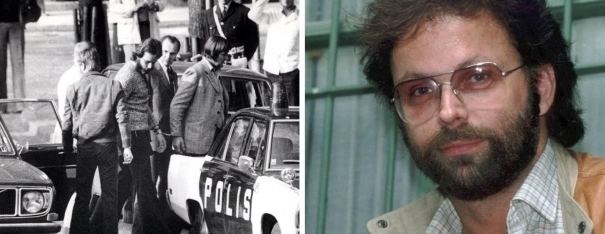
The Unusual Story of Jan-Erik Olsson and Clark Olofsson
Early years
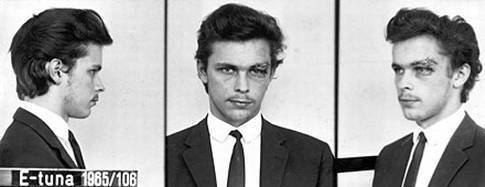
Olofsson was born into a home where both parents were alcoholics. When he was eight years old, his mother became a single mother, taking care of Olofsson and his two younger sisters. Her problems led to the three children being placed in foster care. When his mother regained control of her life, and started working in a shop, the children were returned to her care and they moved to an apartment in Hisingen, Gothenburg.
1960s–80s
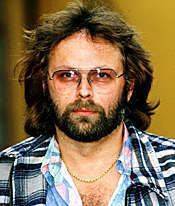
For several petty crimes, sixteen-year-old Olofsson was placed in a behavioural institution for young offenders in 1963. Olofsson and two other boys escaped from the institution in August 1965 and entered the country estate of Swedish Prime Minister Tage Erlander at Harpsund, where they stole grapes, cucumbers and tomatoes from the greenhouse. They fled when the gardener discovered them. Three months later Olofsson assaulted two police officers in Eskilstuna. On 4 February 1966, he was sentenced to three years in prison; this was his third sentence and his first real prison sentence. In late 1966, he made his first escape from the prison at Tidaholm.
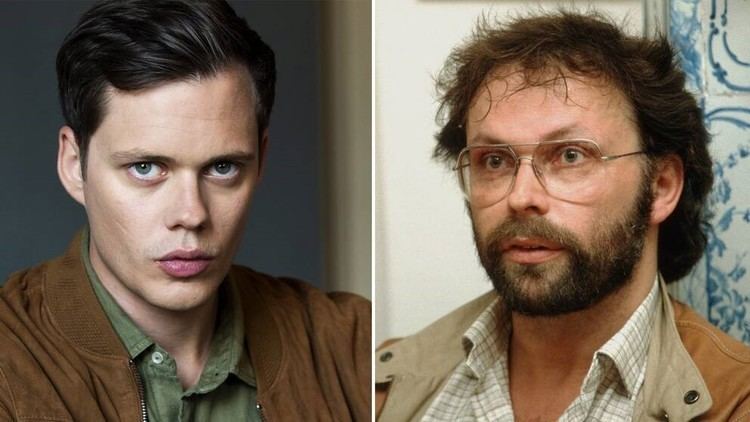
On 29 July 1966, police officers Ragnar Sandahl and Lennart Mathiasson responded to a burglary at a bicycle shop at Skjutsaregatan in Nyköping. Sandahl was shot and killed by Gunnar Norgren. The other burglar was Olofsson, who became a nationally known criminal. Norgren was arrested on 16 August that year in an apartment at Utåkersgatan 4 in Gothenburg and later confessed to the murder. The apartment belonged to a boyfriend of Olofsson's sister. Olofsson had escaped from the apartment before police entered and managed to elude them for two weeks until he was captured on 25 August. He was sentenced to eight years in prison for his role in the break-in, and Norgren was sentenced to twelve years.
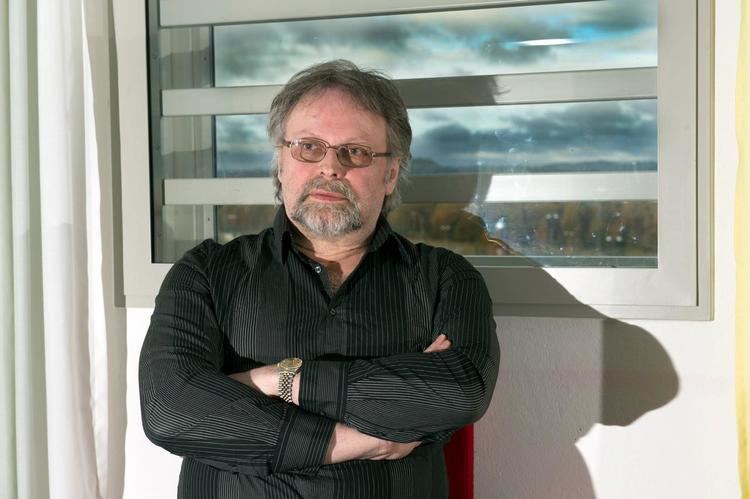
On 4 February 1969, Olofsson escaped from prison and fled to the Canary Islands. He was later arrested in an apartment in Frankfurt. On 5 August, two months before he was to be released, he escaped again from an open institution in Bohuslän. In the early 1970s, Olofsson was imprisoned at the Kumla Prison. On 2 February 1973, he was arrested in the dining room of the Kurhotel in Ulricehamn. Police had received a tip from a cleaning-lady who had seen a gun in his hotel room. At the time of his arrest he had been on the run for seven months and had robbed a bank in Gothenburg. In May 1973, he was sentenced to six years in prison and transported to the Kalmar Prison.
Norrmalmstorg
In late 1973, Olofsson was incarcerated at the Norrköping Prison when bankrobber Jan-Erik Olsson took hostages at Kreditbanken at Norrmalmstorg, Stockholm. Olsson demanded that Olofsson be allowed to come to the bank. Olofsson was brought to the bank, where he spent the next six days with the hostages. This event subsequently led to the creation of the phrase "Stockholm syndrome". He escaped from the Norrköping prison on 20 March 1975. In April that year he went into a bank in Copenhagen with a gun in each hand, fired a warning shot, and robbed the bank of SEK194,000.
The Birth Of “Stockholm Syndrome”
The Normrmalmstorg robbery subsequently led to the phrase "Stockholm Syndrome". Stockholm Syndrome describes the emotional bond between captors and their hostages. Even today, developing Stockholm Syndrome is rare, and only 8% of hostage victims demonstrate symptoms.
In court, Swedish criminologist and psychiatrist Nils Bejerot explained the hostages’ unwillingness to testify against Olofsson and his accomplices by using the term for the first time. Bejerot stated their behavior was a result of being “brainwashed”.
Upon hearing the term, captor Kristin Enmark denounced Bejerot’s findings, stating that she befriended her captors as a strategic move. She claimed that Bejerot’s “aggressive” approach toward the negotiation even put them in grave danger.
Ironically, after being acquitted by the Svea Court of Appeal, Olofsson became good friends with Enmark and her family.
Over the years, 21st-century psychologists have expanded their understanding of Stockholm Syndrome, using it to study victims of domestic abuse, prisoners of war, cult members, trafficked individuals, and abused children. Still, according to studies, Stockholm Syndrome is a rare occurrence and affects roughly only 8% of hostage victims.
Clark Olofsson In Popular Culture
Olofsson’s legacy is undeniable. In the aftermath of his crimes, Olofsson inspired multiple films, documentaries, and podcasts, including Norrmalmstorg (2003), Criminal, and, Clark - en rovarhistoria (2020).
Most recently, Olofsson again became the star of a mini-series – Netflix’s Clark (2022), where actor Bill Skarsgard portrays Olofsson.
In Skarsgard’s opinion, Olofsson “is, for good and bad, one of Sweden’s most colorful and fascinating individuals.” Regarding how accurate the series is, critics claim that Clark is one of the more precise depictions of Olofsson’s life as a criminal, down to when the police dressed up as joggers to arrest him while he was on the run.
Personal Life & Relationships
Clark Olofsson became engaged to Madiorie Britmer while imprisoned on 7 July 1967 but quickly broke things off. In 1976, Olofsson married Marijke Demuynck in Kumla Prison. They divorced in 1999.
In a 2018 interview, Olofsson said that he and Demuynck still keep in regular contact and talk over the phone.
Olofsson fathered six children with multiple women.
Where Is Clark Olofsson Today?
Recent reports indicate that Olofsson now resides in Belgium. In television interviews, Olofsson stated that he has “no regrets” because he “lived like a king”. Furthermore, Olofsson claims that his six children with four different wives lived excellently.
Today, Olofsson remains one of the most renowned criminals in history who is not a serial killer.
